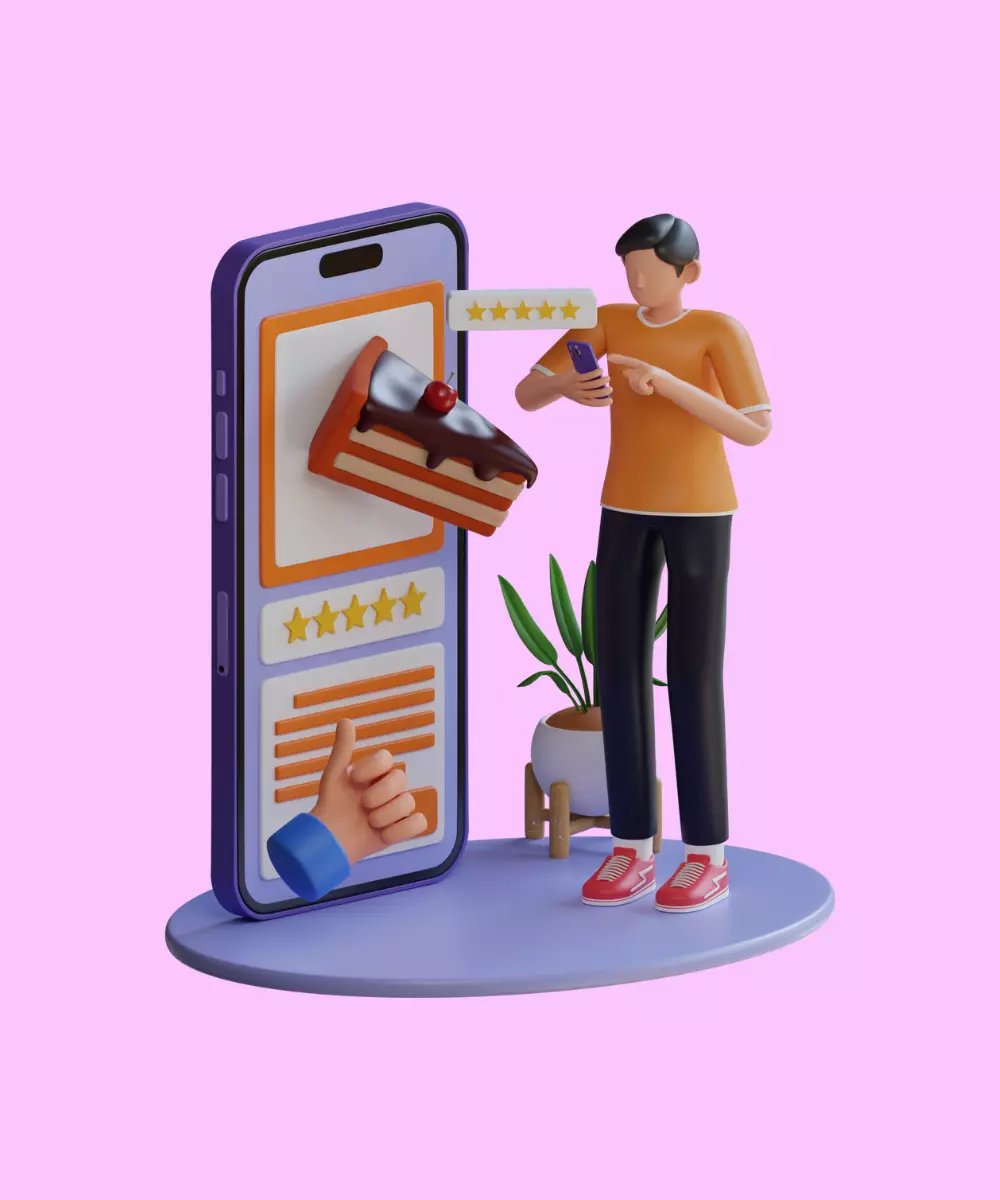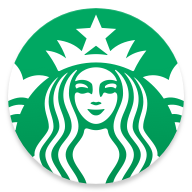In a world where digital presence and instant convenience are king, creating a mobile application has become indispensable for restaurants striving to stay afloat and competitive. As 2024 unfolds, the sphere of restaurant app development is bustling with innovations and advancements, empowering restaurants to offer more refined and consumer-centric experiences, vital for cultivating customer loyalty and fostering business growth.
This article is conceptualized to serve as a thorough guide on restaurant app development in 2024, providing an in-depth look at its market landscape, various types, crucial features, the developmental pathway, and the related costs. Whether you are a restaurant proprietor considering the integration of mobile technology or a developer interested in the specifics of restaurant app creation, this piece is crafted to offer insightful and detailed information, assisting you in maneuvering through the development process efficiently and effectively.
Restaurant Apps Market Overview
The evolution of the market
The restaurant apps market has evolved exponentially in the last few years, reshaping the way restaurants operate and how customers interact with them. This evolution has been propelled by a surge in consumer reliance on mobile devices and a growing preference for quick, convenient, and contactless services.
Current market scenario
In 2024, the restaurant apps market is more vibrant and competitive than ever, with a plethora of apps offering a multitude of services, ranging from food ordering and delivery to table reservations and payment processing. The global online food delivery market alone is expected to experience substantial growth, potentially reaching new heights in terms of market value and consumer base.
Market dynamics & trends
In this ever-evolving market, several dynamics and trends are shaping the industry. The increased emphasis on user experience and personalization is leading to the development of more intuitive and user-friendly apps. Integration of technologies such as Artificial Intelligence, Machine Learning, and Augmented Reality is becoming commonplace, enabling enhanced customization and interaction.
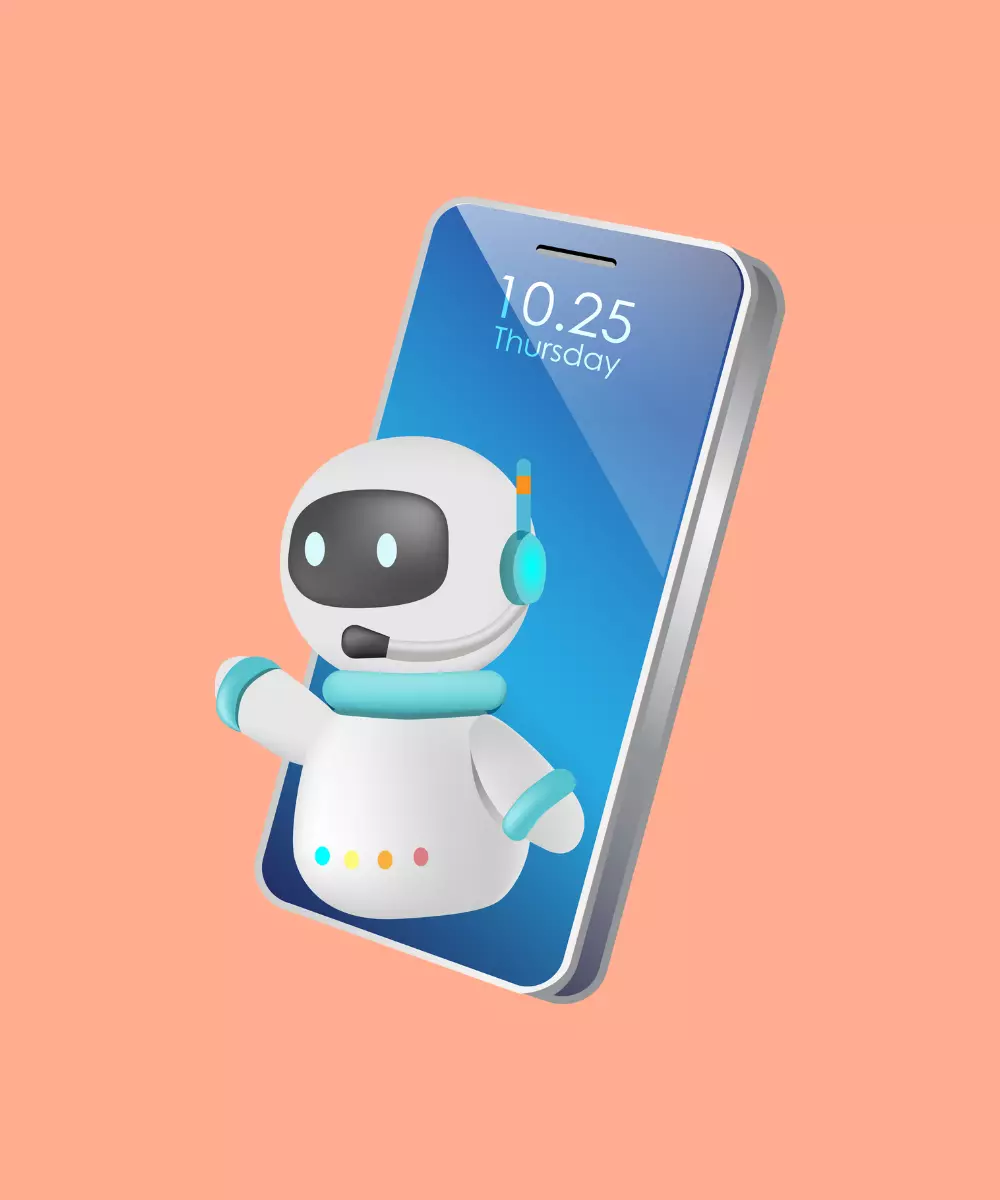
Sustainability is another key trend, with many apps incorporating eco-friendly initiatives and offering features like packaging preferences and carbon footprint information. Additionally, there is a significant rise in health and wellness-oriented apps that provide nutritional information, diet preferences, and healthier food options.
Challenges & opportunities
While the market is ripe with opportunities, it is not without its challenges. Security concerns, data privacy issues, and intense competition are some of the major hurdles facing app developers and restaurant owners. However, these challenges also present opportunities for innovation and improvement. Developing secure, compliant, and unique apps can help businesses stand out in the crowded market and build trust with users.
Types of Restaurant Apps
In the diverse and expansive world of restaurant apps, numerous types cater to different needs, preferences, and operational facets of the restaurant business. Each type serves a unique purpose, offering specific features and benefits. Here, we explore the various types of restaurant apps available, with a spotlight on some renowned real-world examples.
Food delivery apps
Food delivery apps enable users to order food from a wide range of local restaurants and have it delivered to their doorsteps. These apps often offer user-friendly interfaces, diverse cuisine options, real-time tracking, and multiple payment methods.
Example: UberEats

UberEats is a globally recognized food delivery app that connects users with a myriad of local restaurants, allowing them to order their favorite meals seamlessly. It provides features such as real-time tracking, secure payment options, and user ratings and reviews.
Table reservation apps
These apps allow users to book tables at their favorite restaurants, often providing options to choose the date, time, and seating preferences, eliminating waiting times and enhancing the dining experience.
Example: OpenTable

OpenTable is a prominent app in this category, offering users the convenience of reserving tables at thousands of restaurants worldwide. It provides additional features like restaurant reviews, menu previews, and loyalty rewards.
POS & payment apps
Point of Sale (POS) and payment apps streamline the payment process, allowing customers to pay their bills through their smartphones, reducing the need for physical menus and bills, and enabling contactless payments.
Example: Square
Square is a widely used app in this category, enabling businesses to accept payments and manage their sales efficiently. It also offers inventory management, employee management, and customer engagement tools.
Review and recommendation apps
These apps provide user-generated reviews and ratings for restaurants, assisting other users in making informed dining decisions. They often feature restaurant details, menus, photos, and user comments.
Example: Yelp

Yelp is a popular platform offering a plethora of user reviews, ratings, and photos, helping users discover new restaurants and make informed dining choices. It also allows users to make reservations, order food, and get directions to restaurants.
Loyalty program apps
Loyalty program apps are designed to enhance customer retention and encourage repeat business by rewarding customers for their loyalty through discounts, offers, and rewards.
Example: Starbucks Rewards
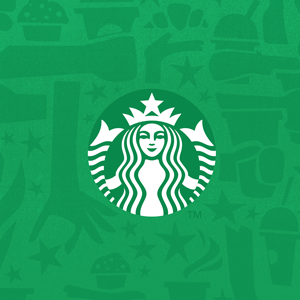
Starbucks Rewards is a notable example, allowing customers to earn stars with every purchase, which can be redeemed for free food and drinks. It also offers mobile ordering, payment options, and personalized offers.
Dietary and nutrition apps
These apps focus on providing nutritional information, customized diet plans, and healthy food options, catering to health-conscious consumers looking for nutritious and balanced meals.
Example: MyFitnessPal

MyFitnessPal is a distinguished app in this domain, helping users track their food intake, monitor their diets, and discover healthy restaurant options. It provides nutritional information, personalized diet plans, and fitness tracking features.
Restaurant management apps
Restaurant management apps are comprehensive solutions that help restaurant owners and managers oversee various operational aspects like inventory management, employee scheduling, and sales monitoring.
Example: TouchBistro
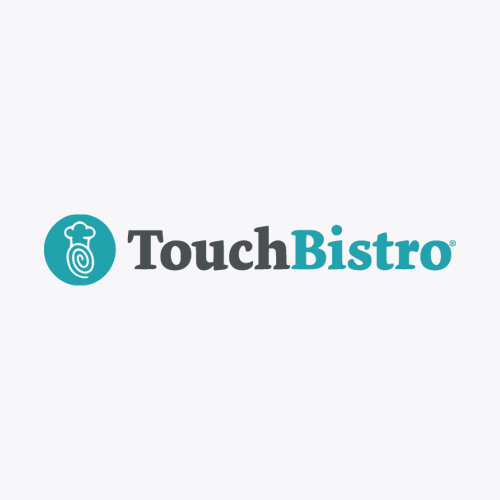
TouchBistro is a renowned restaurant management app offering a range of features like tableside ordering, menu management, sales reports, and employee management, assisting restaurateurs in optimizing their operations.
Restaurant App Main Features
Developing a successful restaurant app necessitates the integration of various features that can cater to the diverse needs and expectations of users. These features should enhance usability, provide value, and offer a seamless and enriching user experience. Below are the main features that are fundamental to any restaurant app, each serving a unique purpose in improving interaction, operation, and user satisfaction.
| Feature | Description | Benefits |
|---|---|---|
| User Registration & Profile Management | Allows users to create and manage their profiles, save preferences, and personalize their app experiences. | Enhances user experience through personalization and facilitates user engagement and retention. |
| Menu Display & Management | Allows users to browse through food options, read descriptions, see prices, and view images. | Helps users make informed food choices and streamlines the ordering process. |
| Order Placement & Customization | Enables users to place orders and customize their food options as per preferences. | Increases user satisfaction by offering flexibility and boosts order accuracy and reduces errors. |
| Real-time Order Tracking | Lets users monitor their order status and delivery progress. | Enhances user experience by providing order visibility and builds trust through transparency. |
| Payment Integration | Provides secure and diverse payment options, including credit cards, debit cards, and digital wallets. | Offers convenience through multiple payment options and enhances security and builds user trust. |
| Reviews & Ratings | Provides a feature for users to leave reviews and ratings. | Assists in building a restaurant’s credibility and provides valuable insights for service improvement. |
| Loyalty Programs & Offers | Includes loyalty programs and special offers to encourage repeat business. | Drives customer retention and loyalty and boosts user engagement and increases sales. |
| Push Notifications | Sends timely updates about order status, new offers, updates, and more. | Enhances user engagement through timely updates and drives user retention by keeping them informed. |
| Table Reservation | Allows users to book tables in advance with choices in date, time, and seating preferences. | Offers convenience and improves user satisfaction. Optimizes restaurant seating and reduces wait times. |
| Customer Support & Chatbots | Provides prompt customer support through in-app chat or chatbots. | Builds user trust through prompt issue resolution and enhances user experience by offering support. |
| Geolocation | Provides location-based services, offers, and suggestions. | Facilitates user navigation and enhances user engagement through location-based services. |
| Social Media Integration | Facilitates user registration and enhances user engagement through social sharing. | Increases user base and promotes app sharing and connectivity. |
| AI & Machine Learning | Personalizes user experiences through intelligent recommendations and insights. | Enhances user experience by providing personalized and intelligent solutions and recommendations. |
5 Steps to Create Your Own Restaurant App

Creating your own restaurant app can be a gateway to enriching the customer experience and enhancing your restaurant’s operational efficiency. Here are the five critical steps involved in developing a user-friendly and successful restaurant app:
Step 1: Define your objectives & target audience
Before diving into the development process, it's crucial to define the objectives you aim to achieve with your app and identify your target audience.
Objectives:
- Enhance customer experience
- Streamline order management
- Increase brand visibility and loyalty
- Drive more sales
Target audience:
- Define the demographics, preferences, and behaviors of your potential app users to tailor the app to their needs and expectations.
Step 2: Choose the right type of restaurant app
Based on your restaurant's needs and your customers' expectations, choose whether you want to create a food delivery app, a dine-in app, or a comprehensive restaurant management app.
Considerations:
- User expectations and demands
- Market trends and competition
- Your restaurant’s operational needs
Step 3: Decide on the features
Choosing the right set of features is critical to meet user expectations and offer a seamless and enriching user experience. Refer to the 'Restaurant App Main Features' section above for a list of essential features to consider.
Factors to consider:
- User needs and preferences
- Competitor app analysis
- Innovation and uniqueness
Step 4: Develop the app
Once you have a clear understanding of your app's objectives, audience, type, and features, you can proceed with the development phase. This stage involves several sub-steps:
- Designing: Create intuitive and user-friendly UI/UX designs focusing on ease of navigation and aesthetic appeal.

- Development: Develop the app’s front-end and back-end, ensuring the implementation of the chosen features and integrations. Decide the technologies, frameworks, and tools to be used, considering Flutter for cross-platform development.
- Testing: Rigorously test the app for functionality, performance, security, and usability issues and rectify any bugs or glitches found.
Step 5: Launch & market the app
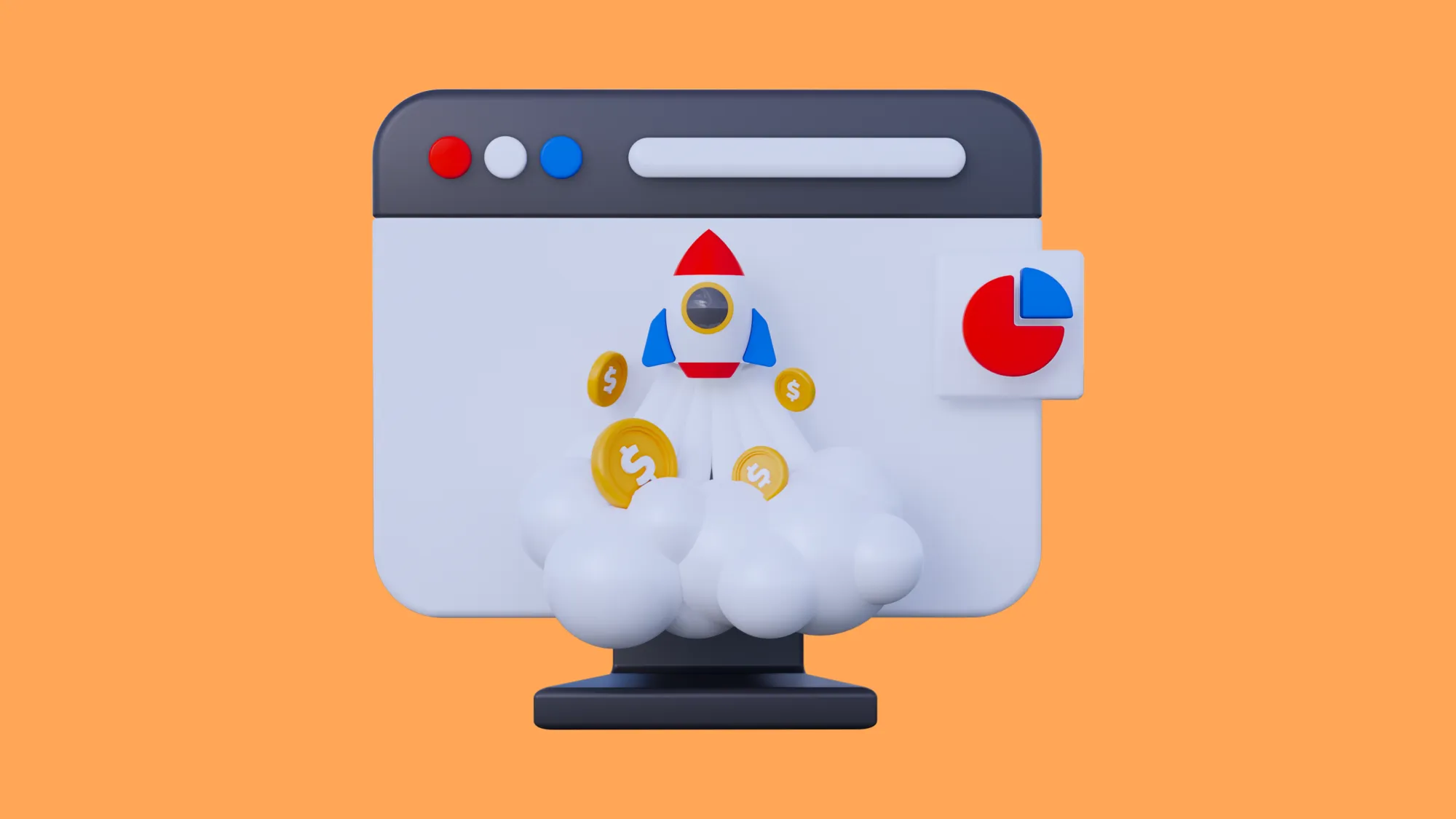
After thorough testing and final revisions, launch the app on relevant platforms like Google Play Store or Apple App Store. Post-launch, focus on marketing your app to reach your target audience and drive downloads.
Marketing strategies:
- Utilize social media, email marketing, SEO, and other online marketing strategies to promote your app.
- Leverage user feedback and ratings to improve app quality and marketability.
- Offer promotions or exclusive features to encourage downloads and user engagement.
How Much Does It Cost to Build a Restaurant App?

Developing a restaurant app is a significant venture, and the cost can fluctuate extensively, depending on the app’s complexity, which is typically categorized into three main types: Basic, Medium Complexity, and High-End. Here’s an insight into what each complexity level entails and the estimated costs associated with it.
Basic restaurant app
A Basic restaurant app will usually include the most essential features such as a simple user interface, menu display, order placement, and contact details. The purpose of such apps is to provide fundamental functionality, facilitating users with easy navigation and simple interactions.
Estimated cost: $15,000 - $30,000.
Typical features:
- User registration
- Menu display
- Order placement
- Basic user support
Medium complexity restaurant app
Apps in this category introduce more advanced features and improved design elements. They offer enhanced user interaction and may include additional features like real-time tracking, payment integrations, and user reviews and ratings, contributing to a more enriched user experience.
Estimated cost: $30,000 - $60,000.
Typical features:
- Enhanced UI/UX design
- Real-time order tracking
- Payment integration
- User reviews & ratings
- Loyalty programs
High-end restaurant app
High-End restaurant apps are top-tier applications with a myriad of features and cutting-edge technology integrations such as Artificial Intelligence (AI), Augmented Reality (AR), and Machine Learning. These apps offer a premium user experience, personalized user engagement, and may include sophisticated features like table reservations, advanced analytics, and more.
Estimated cost: $60,000 - $100,000 or more.
Typical features:
- Advanced technology integration
- Personalized user experience
- Table reservation
- Advanced analytics & insights
- Premium support & maintenance
Conclusion
Navigating through the intricate landscape of restaurant app development requires a deep understanding of the market dynamics, types of restaurant apps, critical features, development steps, and the associated costs at various complexity levels. By identifying the right type of app, integrating user-centric features, following a structured development approach, and aligning investment with the chosen complexity level, restaurant owners can significantly enhance user satisfaction, operational efficiency, and brand loyalty in the highly competitive restaurant industry.
If you’re contemplating creating a state-of-the-art restaurant app, our expert team at What the Flutter is here to guide you through every step of the process. Leveraging the versatility and efficiency of Flutter, we can help you build a high-performance, visually appealing, and user-friendly restaurant app tailored to your unique needs and objectives.
If you want to transform your restaurant business with a top-notch app, contact us today, and let’s start your journey towards developing an innovative and successful restaurant app that stands out in the bustling culinary market!


